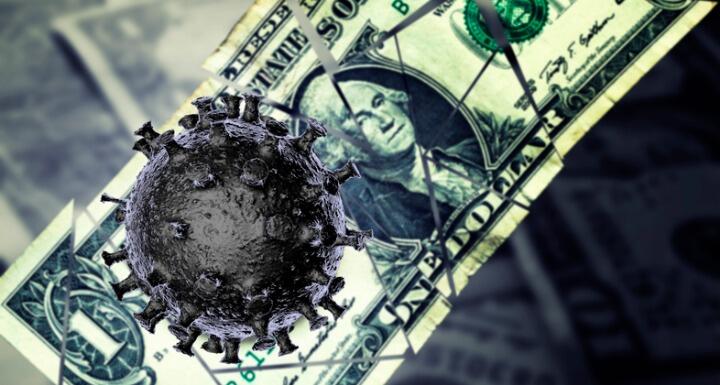Many businesses in bankruptcy or heading that way – particularly retail establishments – face an uncertain future as states and cities move from closures to phased re-openings.
No one knows with certainty when the economy will return to pre-pandemic levels or if phased re-openings will be extended or reversed. Business revenue may be a trickle of what it was this time last year if you even have revenue. If you lease your office, storefront, or restaurant building, what does the current economic reality mean for your lease obligations? And if you file bankruptcy, how will the bankruptcy courts handle your lease?
A recent decision from the Bankruptcy Court for the Eastern District of Virginia involving the home furnishing chain Pier 1 Imports provides one example of a bankruptcy court navigating these extraordinary times. Pier 1 was struggling before the pandemic — not selling enough futons or candles and deep in debt. When they filed Chapter 11 in February 2020, their biggest coronavirus-related concern was probable, but temporary, delays in inventory shipments from China.
What a difference three months makes. Their Chapter 11 plan did not anticipate a complete freeze on economic activity or shelter-in-place orders to citizens and closure orders for non-essential businesses. Pier 1 closed stores, furloughed employees, and took other measures to survive. Revenue tanked. They obtained rent deferrals from some lessors for their retails stores, but others demanded payment. So Pier 1 asked the bankruptcy court to allow them to defer rent payments for a few months. The lessors objected.
Filing bankruptcy does not give you the automatic right to stop paying rent. Under the Bankruptcy Code, a Chapter 11 debtor must assume or reject its unexpired leases. There are conditions. First, assumption or rejection is subject to court approval. Second, the debtor must decide within 120 days of filing bankruptcy or the date of an order confirming a plan of reorganization – whichever is earlier. The debtor may get a 90-day extension if he can show good cause to do so, but any further extensions are subject to court approval and the lessor's written consent. Third, to assume a lease, the debtor must cure all defaults. So if the lease is three months past due, the lessee must bring it current as a condition of assumption. Finally, and most problematic for Pier 1, before assuming or rejecting a lease, the debtor must "timely perform" all its obligations under the lease.
The Bankruptcy Court sided with Pier 1. The Court held that if a debtor fails to timely perform under a lease, the lessor does not have an automatic right to compel payments. Rather, the lessor has an administrative claim in the bankruptcy for post-petition unpaid rent – a consolation prize redeemed at the end of the case if the debtor confirms a reorganization plan.
The Court stated that if it required Pier 1 to pay its lessors now, it would grant the lessors a super-priority status as to post-petition rent. Had the lessors shown that Pier 1 was decreasing the value of their interest in their properties during the deferral period, then they may have been entitled to adequate protection. But that was unnecessary because there was no loss of value. Although Pier 1 would not be paying rent, they would pay all insurance, utility, and other payments associated with the properties. Pier 1 also represented that they could catch up all rent payments within around 45 days after they re-opened.
The Bankruptcy Court emphasized that the coronavirus was unforeseeable and temporary. (Let's hope so.) It was persuaded by Pier 1's plan to weather the storm and resume their obligations when the economy returned to some semblance of normal. The Court pointed out there was no feasible alternative. Pier 1 could not open their stores without breaking the law and, even if they did, no one was lining up to buy papasans. They could not even liquidate their inventory effectively. Pier 1's plan would cause temporary rent loss for the lessors, but they were one of many categories of creditors – not to mention Pier 1's 17,000 employees. Pier 1 had limited resources and limited options, and this short-term solution was the best way to preserve the company's value for all its creditors.
This is only one decision. Pier 1 sought rent deferrals (not rent forgiveness) for two months only. They agreed to pay insurance and utilities. They convinced the Court they could make catch-up payments 45 days after normal operations resumed. All things considered, Pier 1 made it easy for the Court to grant them relief. Over the next year, we anticipate many more disputes between lessors and lessees. And if those disputes arise in bankruptcy (or the shadow of bankruptcy), lessors and lessees would be wise to consult with counsel to compare their situation to this one.







